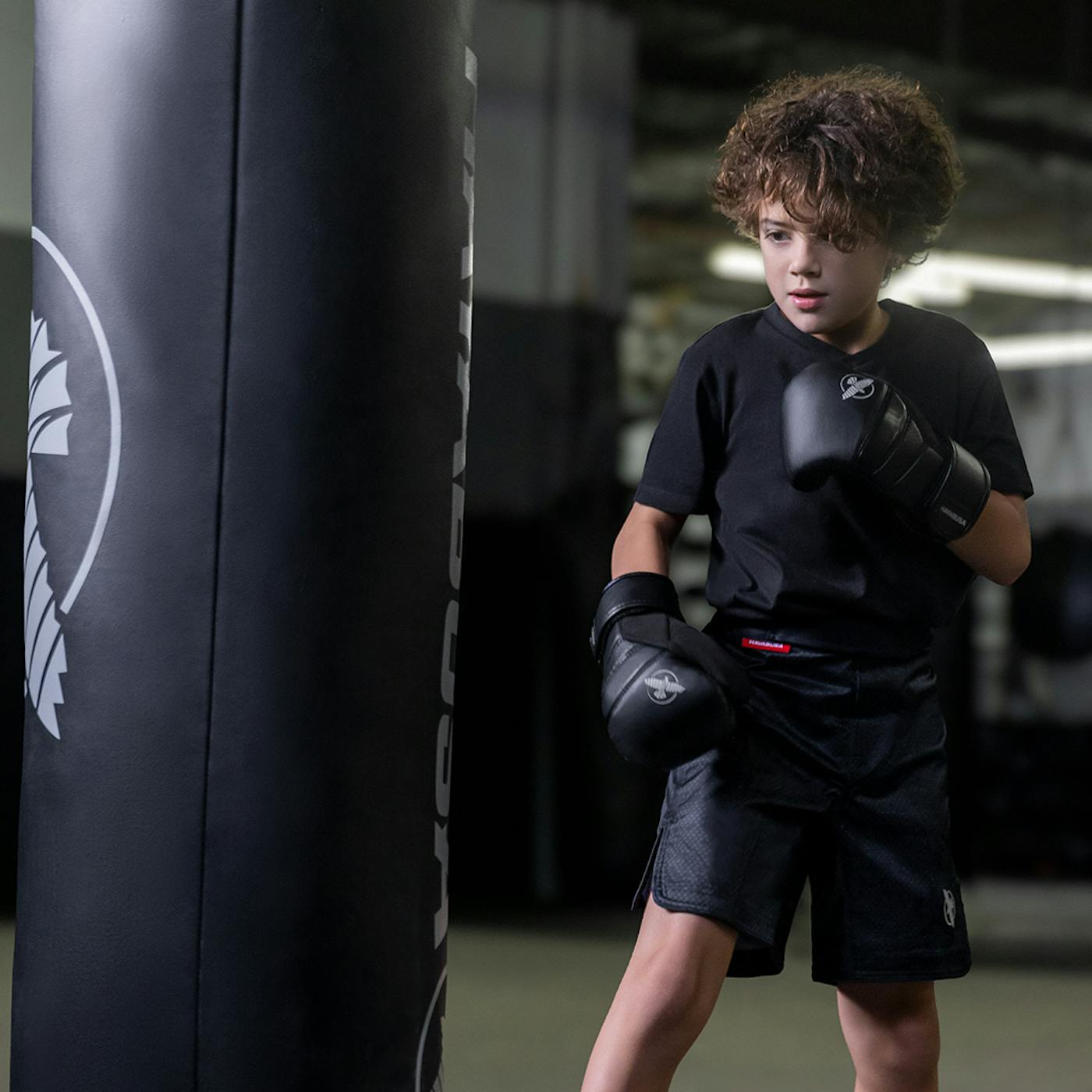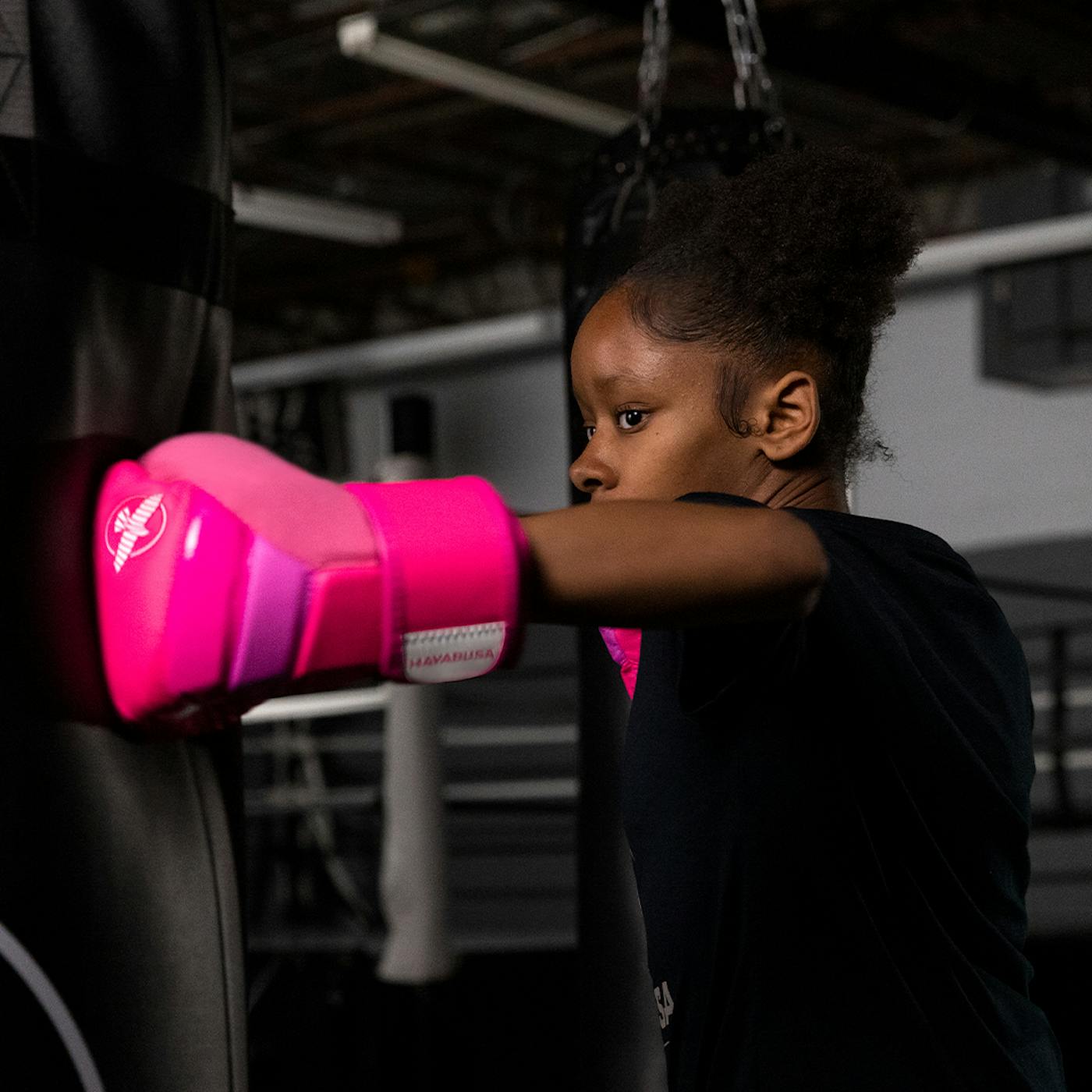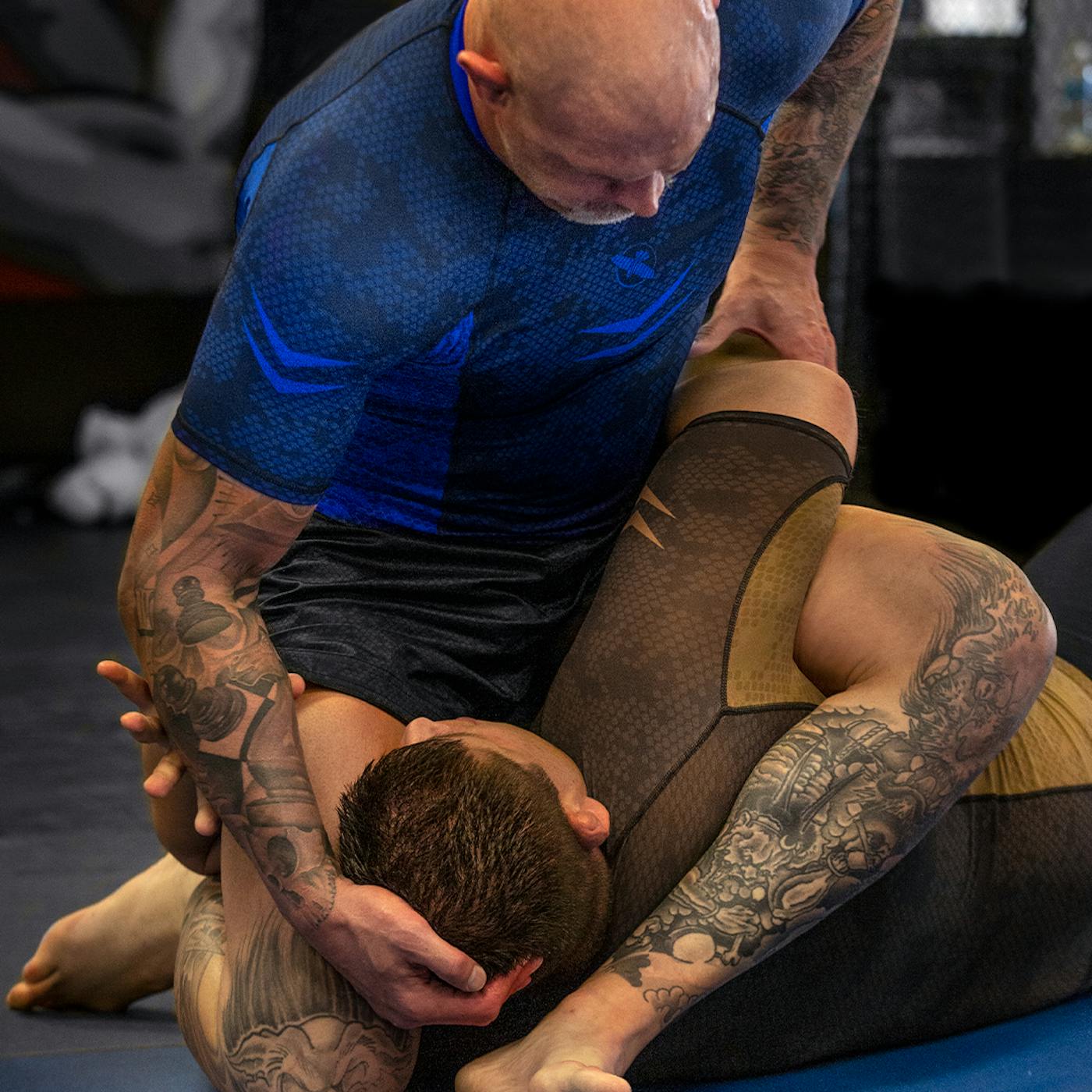TL;DR: BJJ Belt Levels Explained
In Brazilian Jiu-Jitsu (BJJ), belts represent your progression and mastery of the sport. The BJJ belt system consists of five main levels: white belt, blue belt, purple belt, brown belt, and black belt. Each belt has multiple stripes, marking further advancement before moving to the next rank. The journey from white to black belt typically takes years of dedicated training. This guide breaks down the meaning behind each jiu-jitsu belt, how long it takes to advance, and what skills are required at each level.
In Brazilian Jiu-Jitsu (BJJ), the belt system is a critical indicator of a practitioner’s skill level and progress. With each belt color representing a stage of advancement, students move through the BJJ belt ranks in the following order: white belt, blue belt, purple belt, brown belt, and finally, black belt. Understanding the jiu-jitsu belt levels helps practitioners track their progress and mastery of key techniques.
But the meaning of your jiu-jitsu belts and the method for progressing through the stages is a bit more complicated. Within each belt color ranking are substages indicated by adding white stripes, which must be accumulated before the practitioner moves on to a higher belt.
So, what are the various BJJ belt ranks, and what do they mean?
White Belt: The Beginning of Your Jiu-Jitsu Journey
The white belt is the entry point for all new Brazilian jiu-jitsu students, marking the start of their journey through the BJJ belt ranks. At this stage, students focus on mastering basic techniques such as escapes, holds, and positioning. Earning stripes on the white belt signifies progress in these foundational areas.
There are no age requirements for the white belt. Children as young as five or six wear it, as do adults just starting out.

White Belt Timeline and Knowledge Level
You’ll need to practice as a white belt for at least two years before advancing to a higher belt. However, it’ll likely be your quickest progression through the BJJ belt order. Students who are not yet 16 years of age will remain at this belt ranking until they’re old enough to advance.
There are four stripes a jiu-jitsu practitioner must earn as a white belt before progressing to the next stage, but the qualifications for those stripes will likely depend on where they study.
As a white belt, you’ll learn the basics of Brazilian jiu-jitsu. That includes training and competition etiquette, as well as a few basic moves. White belts seek to master:
- Basic escape moves
- Basic holding positions
- Basic advancing positions
The overall goal for a white belt student is to learn how to relax and focus on building technique and good timing on the mat. While strength seems like the core characteristic of jiu-jitsu, it’s more likely to lead to injury, especially in the beginning stages.
This introduction to jiu-jitsu gives you a chance to focus on form and conditioning as you prepare yourself for the next level.
- Average time: 1-2 years
- Focus: Basic escape moves, holding positions, advancing positions
- Progression: Accumulate four stripes before advancing to blue belt
Blue Belt: Developing Skills and Experimenting with Techniques
After spending two years as a white belt, students advance to the blue belt, the second level in the jiu-jitsu belt system. You must be atleast 16 years old to obtain this belt. Blue belts begin exploring more advanced techniques such as setups and submissions, while refining their defensive skills. Earning four stripes at this level is required before advancing to the next stage, the purple belt.

Blue Belt Timeline and Knowledge Level
You’ll have two years to complete your blue belt-level studies. During that time, you’ll continue to learn moves for escaping, holding, and advancing and how to apply them in combination. You’ll also begin experimenting with:
- Setups
- Baiting
- Submissions
There’s a heavy focus on defense moves as you advance to blue belt status. A student is expected to have enough of the basics down to defend against standard submissions.
To graduate from the blue belt level, you’ll need to acquire four stripes, waiting six months between each. And, often, the promotion from blue belt to purple belt happens relatively quickly.
Average time: 2 years
- Focus: Defensive techniques, submissions, setups
- Progression: Earn four stripes, six months between each stripe
Purple Belt: Becoming an Advanced Practitioner
As you reach the intermediate level of the BJJ belt ranks, the purple belt indicates you are an advanced student of jiu-jitsu. It means you have mastered the skills required to build good technique and perform smoothly on the mat.

Purple Belt Timeline and Knowledge Level
Once you’ve reached this level, it shows a commitment to becoming a professional jiu-jitsu fighter. You’ll continue to prove yourself as competent and controlled in your movements.
Your rolls will be relaxed, and you’ll perform attack maneuvers with grace and precision. You’ll also improve your combinations and setups.
Among the goals of a purple belt are executing multiple combination attacks and being comfortable using passing advanced guard variants. And you’ll focus on fine-tuning your guard game and take your techniques to the next level.
Those who wear the purple belt are more self-aware fighters, able to determine their limitations and work to get better. You’ll perform this work for about one and a half years and accumulate four stripes.
- Average time: 1.5 years
- Focus: Combination attacks, advanced guard variants, multiple setups
- Progression: Four stripes needed to progress to brown belt
Brown Belt: Mastering Techniques and Developing a Personal Style
The brown belt is the first expert level you’ll reach as a student of Brazilian jiu-jitsu. It is only given to students at least seventeen years of age.

Brown Belt Timeline and Knowledge Level
At this stage, you’ll have confidence in your abilities and begin to craft your own fight style. Now that you have mastered the basics, the brown belt level is a time to experiment with different modifications of sequences.
Also, as a brown belt, you can perform attacks in long, successive series and accomplish complicated setups. You’ll have gained extensive knowledge and know most of the moves for:
- Attacking
- Defending
- Submitting
There are four stripes required for the brown belt stage. You must practice as a brown belt for at least one year before moving on to the next belt rank. However, this is a best-case scenario, and more likely than not, it will take longer than a year to learn and master brown-belt level skills.
- Average time: 1+ year
- Focus: Attacks, defenses, submissions, and advanced setups
- Progression: Four stripes, with a minimum of one year before advancing to black belt
Black Belt: The Pinnacle of Brazilian Jiu-Jitsu
Black is the color that indicates the most advanced status in the BJJ belt system. Many people think wearing a black belt means you have gone as far as you can with jiu-jitsu. But the truth is, even senior black belts are still learning and improving their skills.

Black Belt Timeline and Knowledge Level
You must be eighteen years old to achieve the black belt level. Once you’ve reached this BJJ belt ranking, you’ll have thirty-one years to master the skills fully. By this point, you’ll have learned nearly all jiu-jitsu moves and techniques and will have the ability to perform them at the highest level.
There are six stripes included in the black belt level. They are acquired over the course of years, generally according to the following schedule:
- Three years each for first, second, and third stripes
- Five years each for fourth, fifth, and sixth stripes
- Must be at least 18 years old to qualify
- Requires decades of study, practice, and teaching
- Focus: Complete mastery of BJJ moves, lifelong learning, and teaching others
- Stripes: Six total, earned over the course of many years (3 years each for the first three stripes, 5 years each for the last three)
After Black Belt
Jiu-jitsu practitioners study as a black belt for decades before another belt promotion. During that time, they become true masters of the sport, intimately acquainted with every aspect of jiu-jitsu. They instruct others, compete, and train endlessly to improve themselves.
In very rare cases, black belt fighters are promoted to red belt status, the highest of the jiu-jitsu belt ranks. Those who achieve this belt ranking have devoted their lives to jiu-jitsu and, in some cases, have worn the black belt for 45 years or more.
But jiu-jitsu is about continually learning and growing even after reaching the highest rank. That’s why belt integrity is important in the jiu-jitsu world.
Each belt reflects the accuracy of a fighter’s skill level and knowledge of the art. Though you may be eager to advance to the different stages, maintaining the minimum time between belts proves your dedication and preserves its meaning.
Hayabusa Jiu Jitsu Belt

Hayabusa Essential Gold Weave Jiu-Jitsu Gi

Hayabusa Goorudo 3 Gold Weave Jiu Jitsu Gi

Marvel's The Punisher Jiu Jitsu Gi

Hayabusa Jiu-Jitsu Belts: Quality You Can Trust Through Every Stage
Over the course of your advancement through each belt in your jiu-jitsu journey, whether it's learning how to tie a jiu-jitsu belt for BJJ training or competition or you want to explore muay thai vs. jiu-jitsu, you’ll need quality equipment you can rely on.
As you move up the ranking system, Hayabusa has you covered with its line of BJJ belts.
They’re available in white, blue, purple, brown, and black, which means you can easily switch belts as needed and track your progression. Designed with Hayabusa’s signature quality and durability and adorned with the Peregrine falcon icon, you’ll be able to step on the mat with confidence.
Meanwhile, when it comes to the best jiu-jitsu gis, hand wraps, and other BJJ gear, you can count on Hayabusa for the best equipment and apparel.
The Hayabusa gi for jiu-jitsu is made from heavy-duty yet lightweight cotton-polyester material, allowing you to easily move around the mat. Additionally, the stretch drawstring offers a secure, customized fit. Designed in IBJJF-compliant colors and Hayabusa’s signature patch, these BJJ gis are ideal for competition and training alike.
Not sure which Brazilian jiu-jitsu gi is right for you? Our collection ranges from the ultra-light pearl weave gi to the heavier gold weave of the Goorduo and Warrior gis. The lightweight gi is an option in between the two and works as the perfect, all-purpose jiu-jitsu gi.
Also, our jiu-jitsu gi size chart will help you determine the most optimal fit. Regardless of which Brazilian jiu-jitsu gi you choose, you can count on the long-lasting comfortability and performance as you train and compete.
Started in 2006 and providing the fundamental clothing and equipment fighters need, Hayabusa has grown into one of the sport's most recognizable jiu-jitsu gi brands. Shop our collections today.



